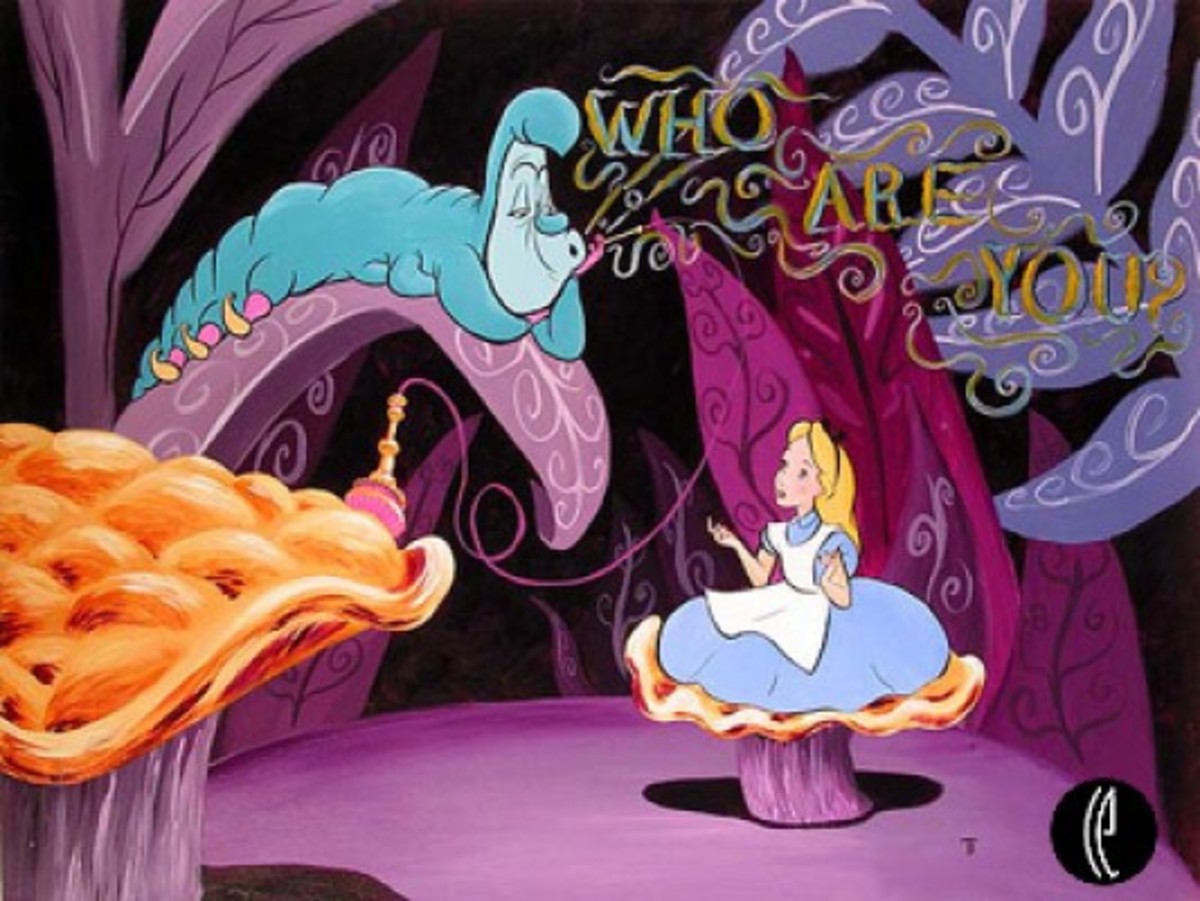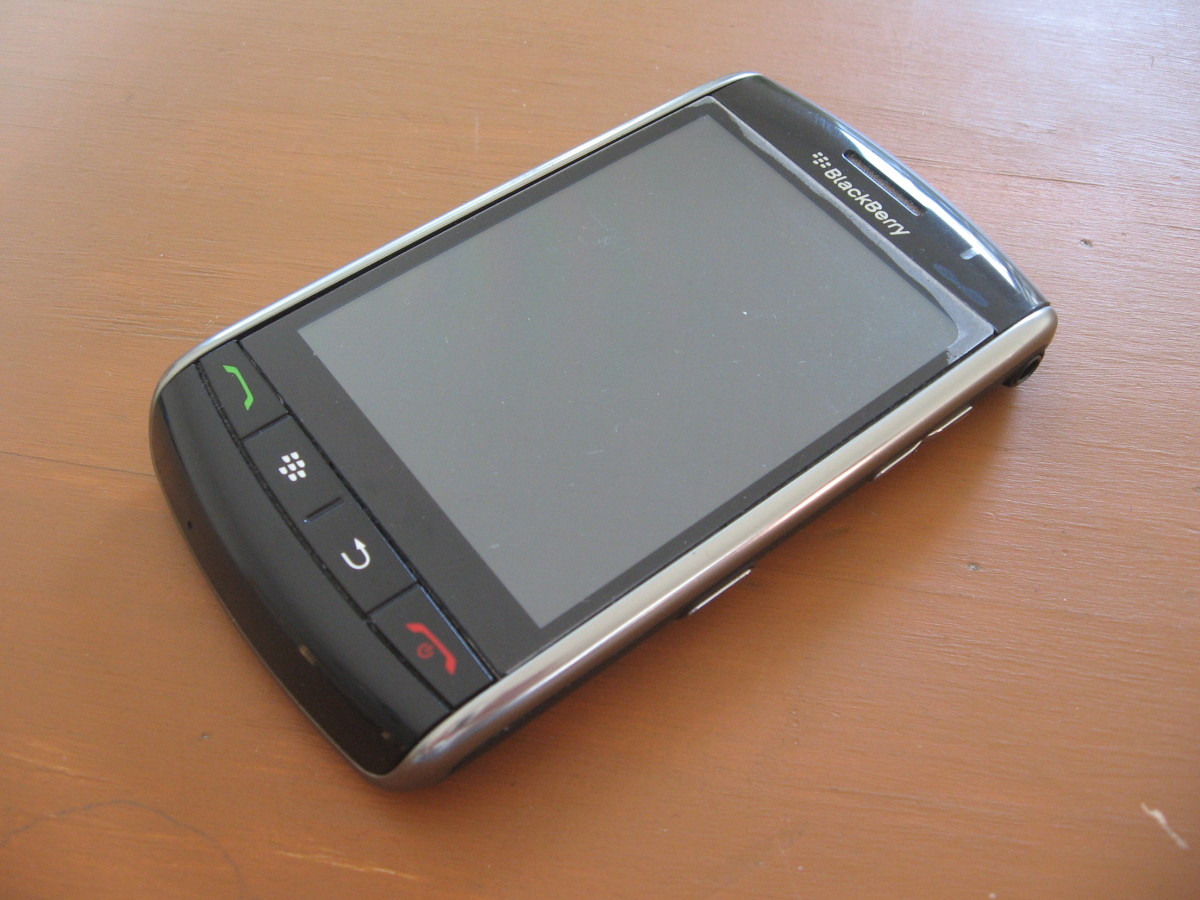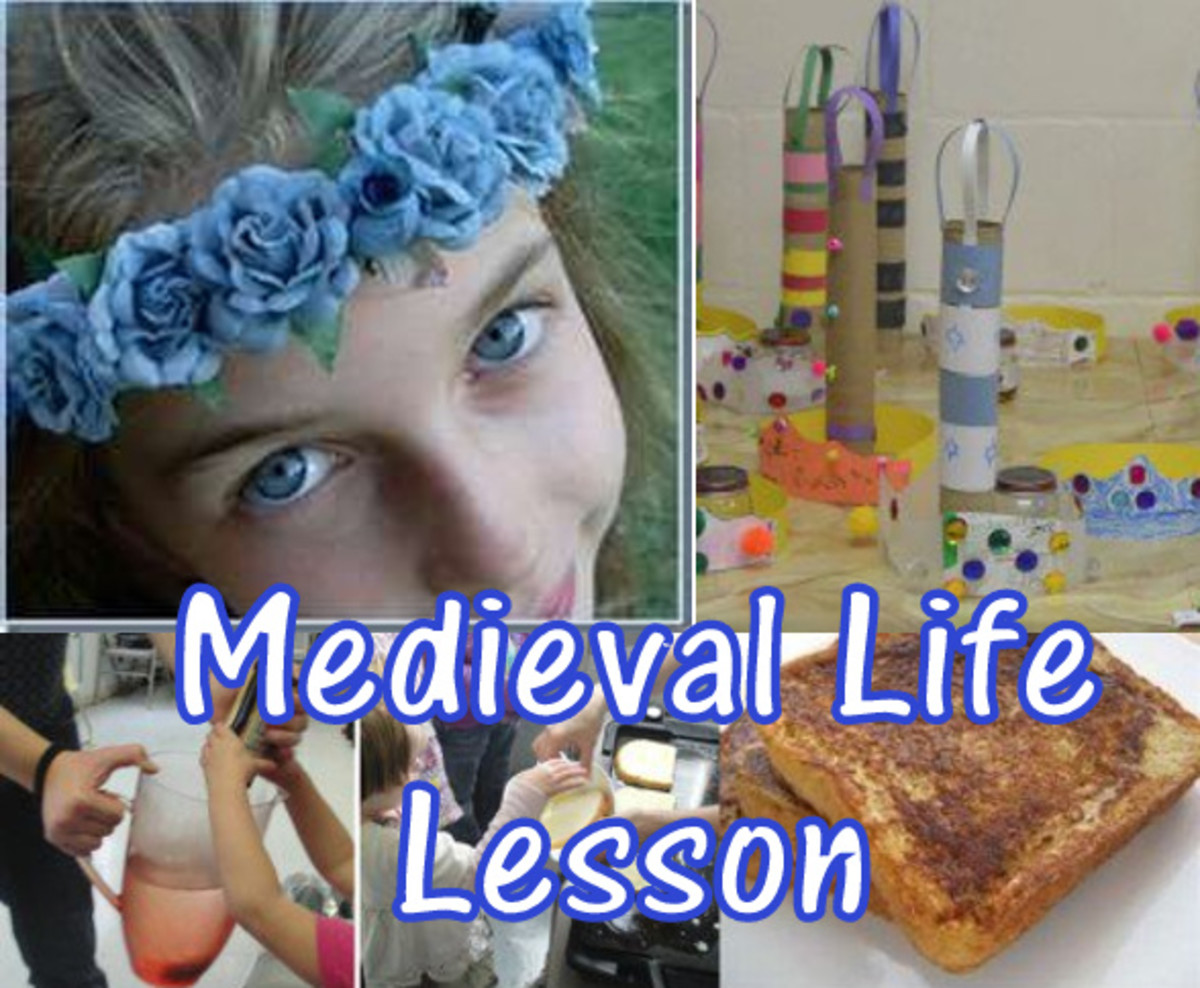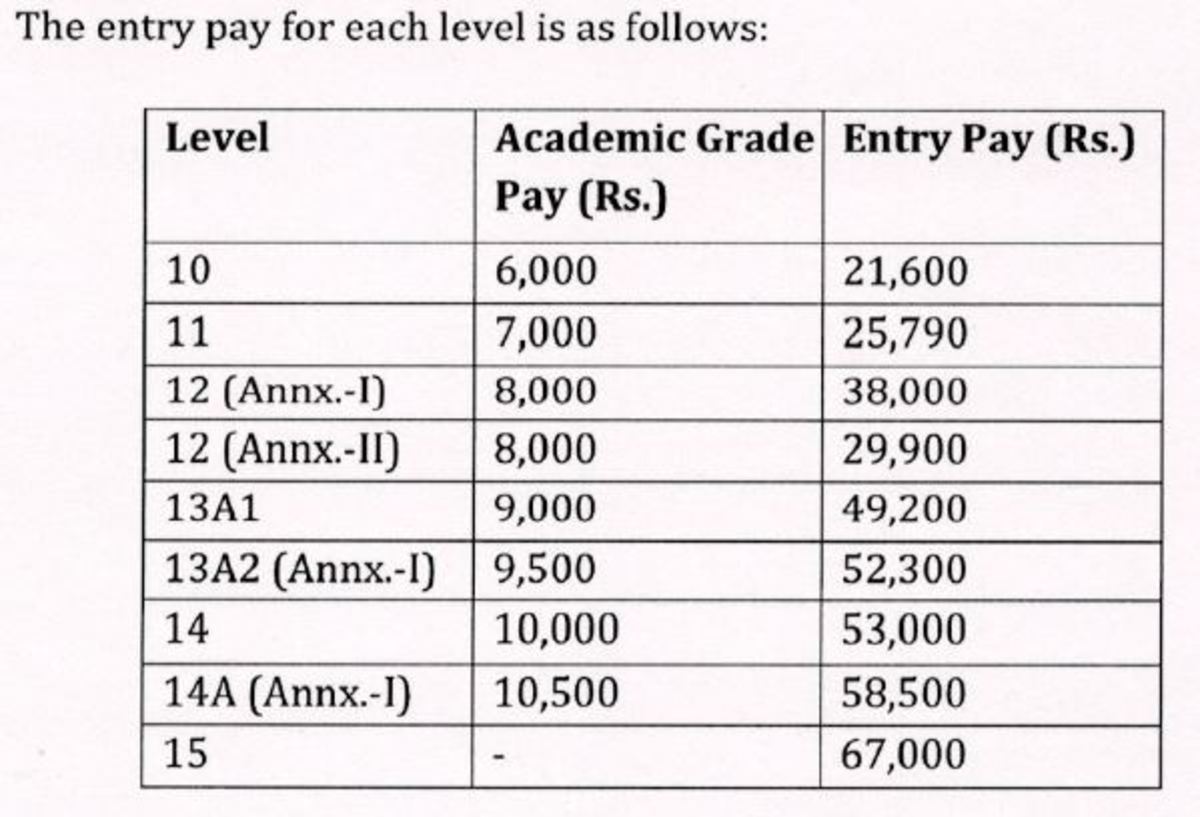3 Ways to Get to Know Your Students: Online and In-Person
Forget passing around rolls of toilet paper, five-question questionnaires, and writing prompts about what they did over the summer. While guessing whether or not you should take a lot or a little tissue can be fun, students stumble over what is an interesting fact let alone giving three pieces of personal information in front of a class or in a discussion thread that will be there for all eternity. While useful information can be garnered with fun icebreakers and other beginning of the year activities, it’s time for change. What information do we really need to know about our students that will make for a good and successful semester or school year? Think outside the box for meaningful ways to get to know your students. At the same time, you can apply theories and other information learned from professional development, in-service, and your own educational pursuits.
So what other options are available for getting to know our students in a meaningful way? Below are some options. By no means is this list exhaustive. But it will provide some measurements that can ease students into the rest of the year, help you understand each other on different levels and more.

Based on Personality
Of course there is no one way to define a student or person’s personality. But there is one assessment that can help to show some useful foundational information about individual traits: The Myers-Briggs Type Indicator. The results can be used to make sure groups are diverse based on personality traits among other uses. I will not go into details about how this survey came to fruition, but if you are interested, click here.
The Myers-Briggs Type Indicator survey is probably best used for secondary level and up students. Of course educators should try out the survey as well to see if a personality difference could be an underlying factor for why you and another student seem like oil and water. There are also many businesses and employers that have their employees or potential hires take the assessment to see if they might be a good fit.
Here are some links for free personality tests:
Based on Learning Styles
Not sure if your students are mainly auditory, tactile, kinesthetic or visual learners? Try having them take one of several learning style inventories. Many of these assessments can be done quickly by students of any age. Take a look through some of the links below to determine what would best fit your time allotment and class level.
Here are some links for free learning style assessments:
- http://www.engr.ncsu.edu/learningstyles/ilsweb.html (North Carolina State University)
- http://www.howtolearn.com/learning-styles-quiz This site is great because it utilizes check boxes, which is easy for younger students.
Based on Multiple Intelligences
Multiple intelligences is a theory developed by Howard Gardner over the course of decades and is still evolving. However, multiple intelligences changed the way educators viewed their students and their teaching practices. The theory of multiple intelligences can serve as a great way to reach all learners in your class. But before you can begin to tailor lessons, activities, assignments, and assessments, you have to know what your students’ strong and weak intelligences are. So take a look at some of the links below to determine which would be best for your students to take. Educators should also take an assessment to determine their multiple intelligence profile, as it impacts the way you teach and what you tend to focus on.
Here are some links for free multiple intelligence surveys:
- http://literacyworks.org/mi/assessment/findyourstrengths.html This one is geared specifically for adults
- http://www.spannj.org/BasicRights/appendix_b.htm You need to self-score this one and it can be read or filled out by a teacher or parent for younger kids
- http://www.businessballs.com/howardgardnermultipleintelligences.htm This site lists several tests in multiple formats for adults and children








